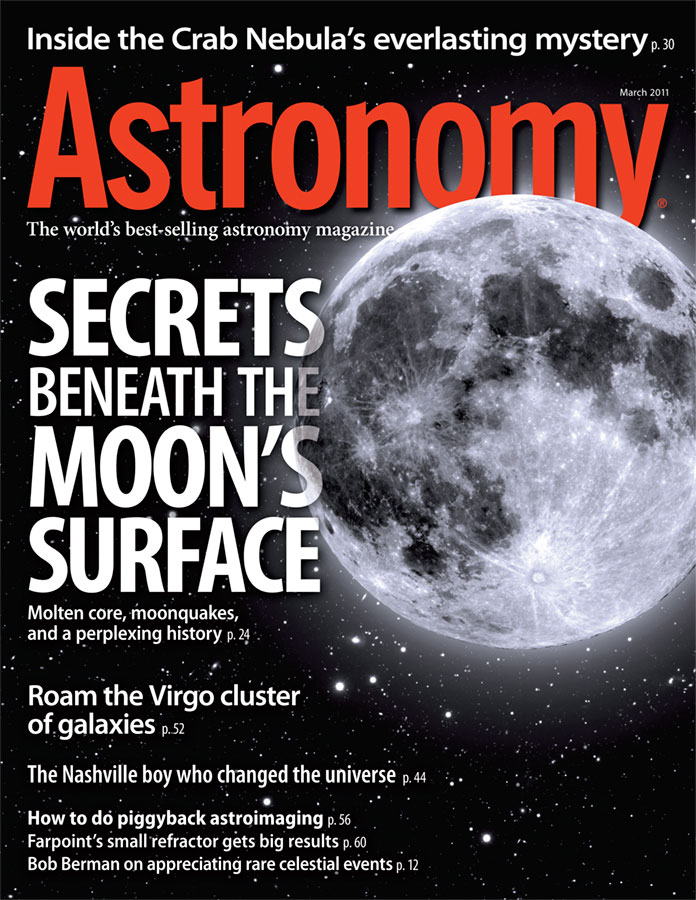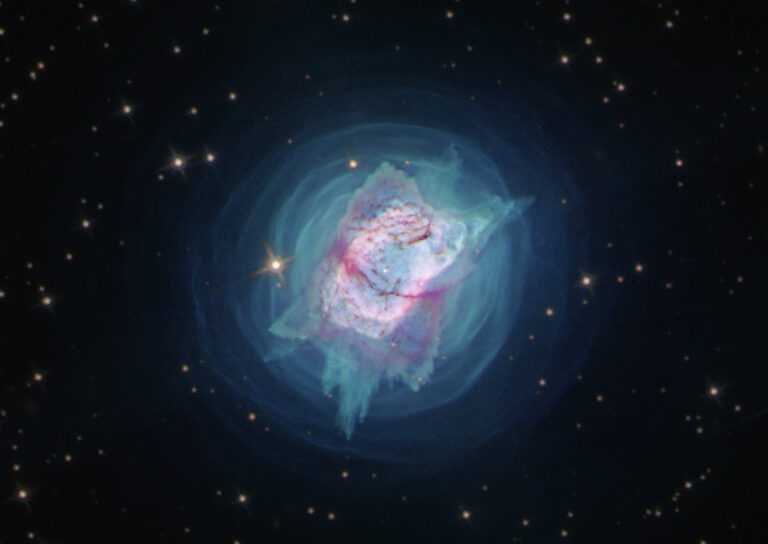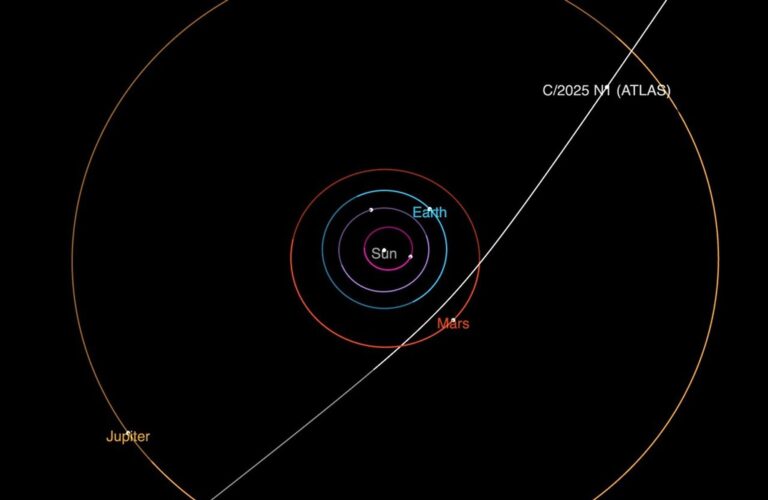
Key Takeaways:
WAUKESHA, Wis. — The Moon is the only celestial body beyond Earth humans have ever set foot on. It’s also the easiest solar system object to observe. Yet despite it’s well-known face, what lies just below the surface of our only natural satellite’s ancient highlands and dark volcanic plains still vexes astronomers.In “Secrets beneath the Moon’s surface,” author Bruce Dorminey explores what post-Apollo-era research has taught us about Earth’s nearest neighbor and analyzes the fundamental lunar questions scientists still struggle to answer.“Robotic spacecraft from the United States, Europe, China, India, and Japan have advanced lunar science in the nearly 40 years since Apollo ended,” Dorminey writes. “Partly as a result, scientists now have a good idea how the Moon formed.”But many questions about the Moon’s history and composition still exist, Dorminey continues: “What is the nature of the Moon’s core? What is the structure of its mantle? How much volcanic activity occurred during its history? And, despite recent evidence of substantial water both on the surface and in the interior, why does the Moon have so much less water than Earth?”To learn about the progress astronomers have made with these questions and what data they still need to glean, pick up the March issue of Astronomy, on newsstands February 1.
“The Crab Nebula’s everlasting mystery”
In A.D. 1054, a “new,” abnormally bright star appeared in the constellation Taurus, causing quite a commotion for people on Earth. It remained visible in the night sky for almost 2 years before finally fading. More than 675 years later, an English astronomer spotted a nebula of gas and dust in its place. But it wasn’t until the 1920s that astronomers realized the two objects, the latter now called the Crab Nebula, were related. The nebula — actually the remnant of an exploded star, or supernova — has been confusing and fascinating scientists ever since. In “The Crab Nebula’s everlasting mystery,” Astronomy Assistant Editor Bill Andrews explores what we’ve learned and what still puzzles astronomers about this supernova remnant.
“Piggyback astroimaging”
For many astrophotographers, the best images they take with a telescope aren’t necessarily the ones they take through a telescope. Instead, they attach a camera atop a scope that tracks the stars, picking up beautiful images of wide-field swathes of the sky. In “Piggyback astroimaging,” the third part in Astronomy magazine’s astrophotography series, author Michael A. Covington helps beginners pick the best camera and mount for this type of imaging, teaches them how to align the setup, and makes suggestions for exposures and processing.
March night-sky events visible without optical aid
- March 6 — Brilliant Jupiter joins a slender crescent Moon in the evening sky.
- March 16 — Mercury and Jupiter form a nice pair in the western sky just after sunset.
- March 22 — Observers in the Northern Hemisphere get their finest evening views of Mercury in 2011.
Also in the March 2011 Astronomy
- “How a Nashville boy changed the universe” — Edward Emerson Barnard’s discoveries encompass comets, dark nebulae, and Jupiter’s fifth moon. Although he started in poverty, he rose to the top of the scientific world.
- “Roam the majestic Virgo cluster of galaxies” — Within a small region of the celestial sphere, you can enjoy many of the sky’s top galaxies.
- “Farpoint’s small refractor delivers big results” — This new 4-inch telescope combines superb optical quality, easy portability, and lots of accessories.
- “The Sky this Month” — Exclusive pullout star charts will guide you through March’s night sky.
- The March issue of Astronomy also includes Astro News, Bob Berman’s Strange Universe, Glenn Chaple’s Observing Basics, David H. Levy’s Evening Stars, Stephen James O’Meara’s Secret Sky, Tony Hallas’ Imaging the Cosmos, Ask Astro, Deep-sky Showcase, The Cosmic Grid, New Products, and Reader Gallery.








